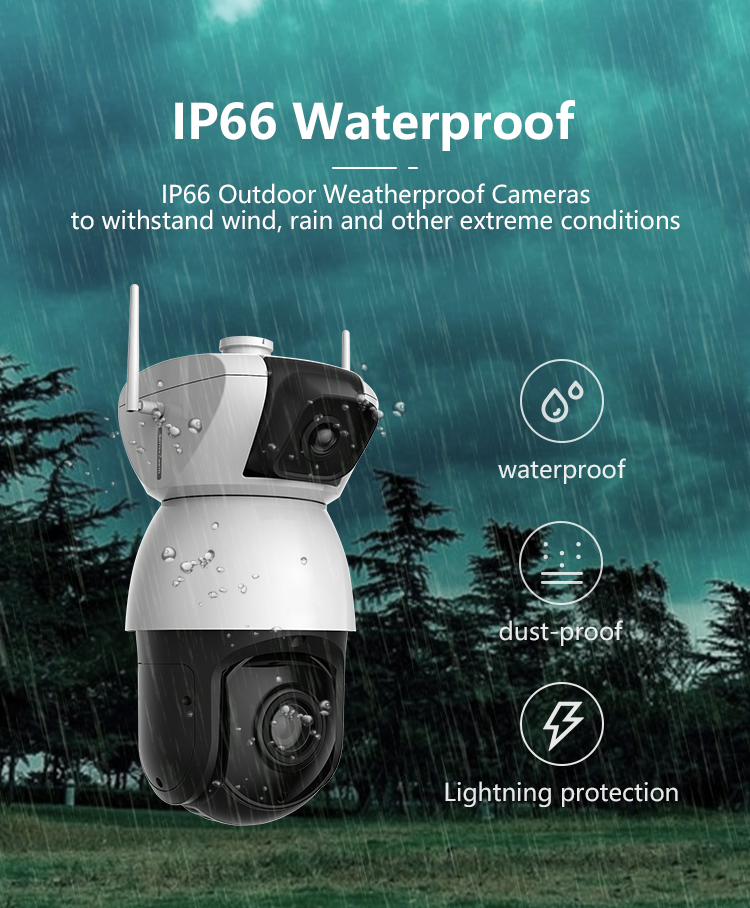related information
1. Surveillance camera lens
Focal length: The focal length of a surveillance camera refers to the distance between the lens and the photosensitive element. The magnification of the lens is approximately equal to the ratio of the focal length to the object distance. In other words, as the focal length of the surveillance camera increases and the magnification increases, the close-up view can be zoomed out, and the distant view details can be clearer, and vice versa.
Classification: Surveillance cameras can be classified according to the size or aperture of the lens. When purchasing, you can choose different types of surveillance cameras according to your needs.
2. Sensitivity
If you want to improve the sharpness of the images collected by the surveillance camera, you must increase the sensitivity of the camera in the camera. The photosensitive element of the CCD is 3 to 10 times that of the CMOS, so it can better carry out the photosensitive, obtain the optical signal, and then convert it into an electrical signal. Finally, after processing, it becomes a video signal for output or storage.
3. Surveillance camera control
In order to maximize the observation range of the surveillance camera, the surveillance camera must be able to rotate. The method is to use a pan-tilt to install and fix the surveillance camera for rotation.
In addition, it must be able to achieve electric zoom and zoom. This requires that the camera in the surveillance camera can quickly and accurately achieve automatic zoom. This has also become a criterion for judging the quality of surveillance cameras.
4. Surveillance camera image transmission
The most widely used transmission method is to realize transmission through the collaborative work of analog cameras, digital hard disk recorders and computer network systems.







